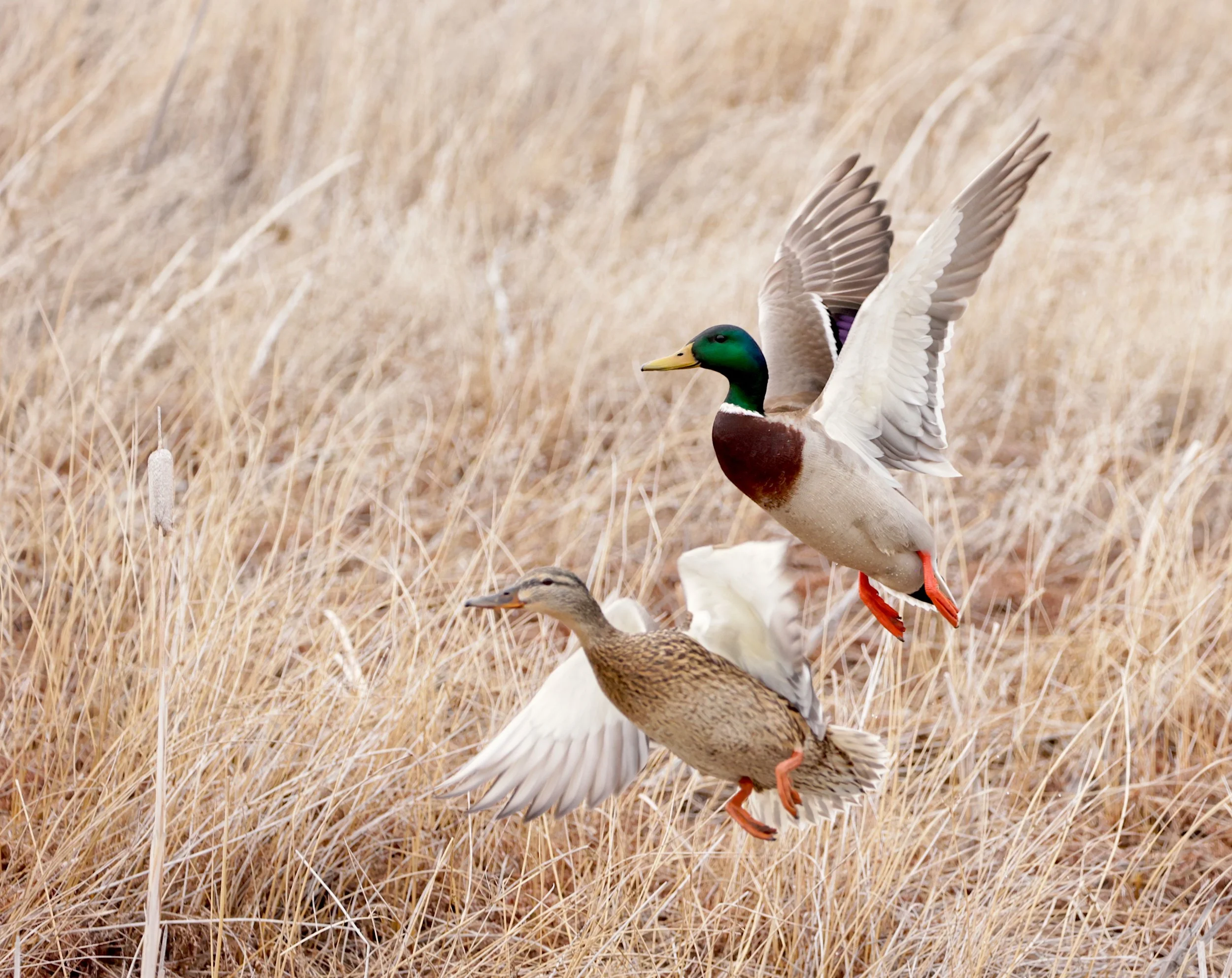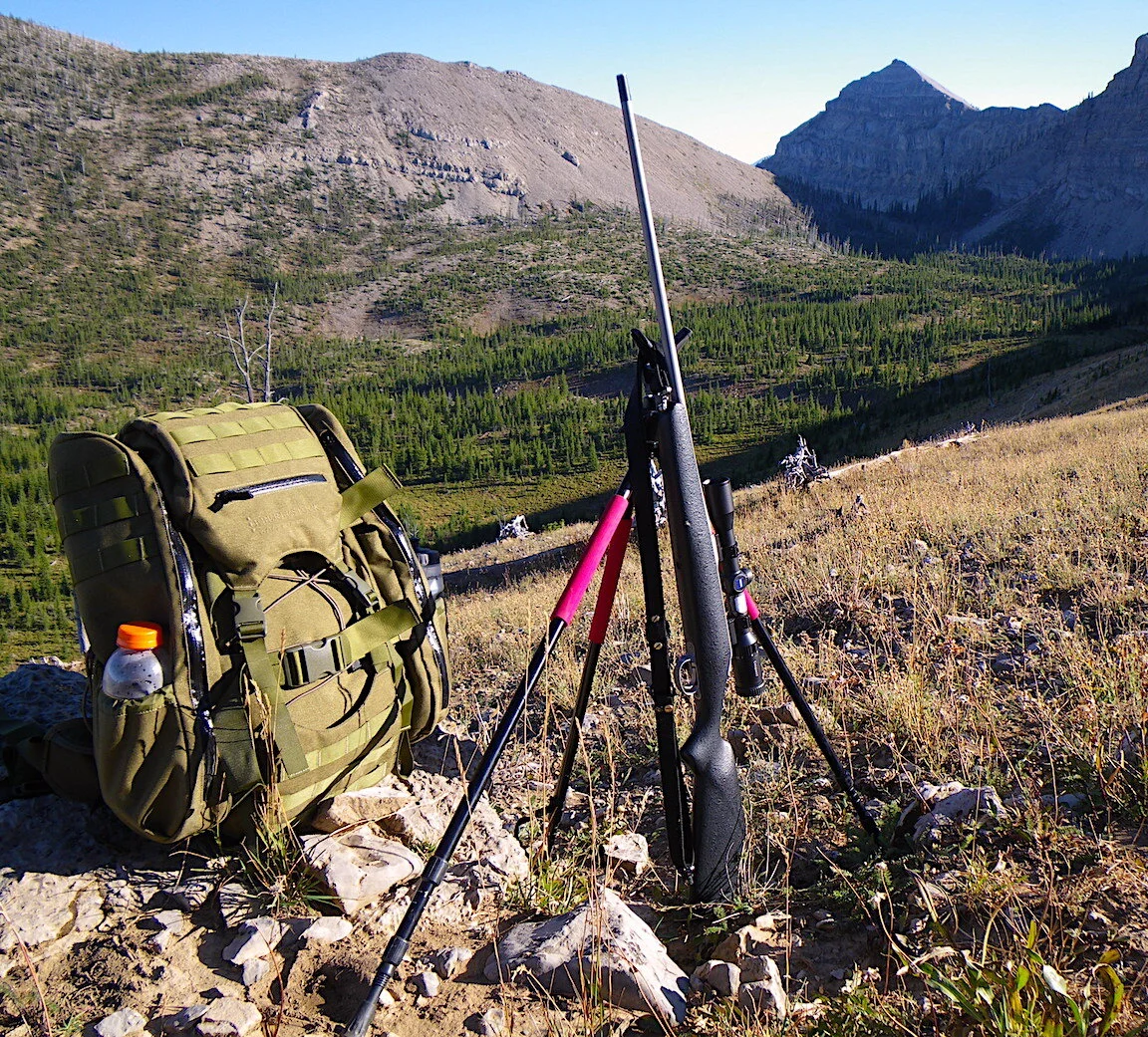Can you feel it?
Summer can be stagnation season for many, particularly in hot, humid climates. Who even wants to sit outside when the air itself feels like a sopping dishcloth? Yet hunting fever is either smoldering or ready to burst into full flame for most of us. It's been a long time since November, even if we've hunted coyotes in January, turkeys in May and honed our shooting form on rodents eating our croplands in June. Face it, there's no substitute for that first opening day, that first relief of cold air finally returning from the Arctic where it has been licking its wounds and marshalling for renewed assault. Hunters don't merely endure the annual return to short days and long, cold nights. We relish it because it signals the flurry of wildlife activity that is autumn, our glory time. For some, autumn is little more than a mess of rotting leaves and nasty, wet storms. For hunters it is the golden season, the magical interplay of life renewed after a fecund spring and fattening summer. Annual animal populations are at their peak and the adults are preparing to plant the seeds for next spring's replacements. Ducks and geese, showing off new feathers, are eager to be back on the wing after a lazy summer molt. Empty skies will soon fill again with whistling wings. Record water levels in North America's spectacular Prairie Pothole region of the Dakotas and Canadian prairies promises record numbers of ducks and geese. We're holding our breath on upland birds. Abundant rains fuel insects for protein and vegetation for hiding cover, so broods could do well. On the other hand, cold, wet spells can kill tiny chicks not yet fully warm blooded. It's always a balancing act. Desert quail from Texas to Arizona have suffered greatly from the extended drought, but Great Plains sharptails and prairie chickens may have enjoyed perfect brood rearing conditions. Pheasants have more cover than they know what to do with in many places. Valley quail in the Northwest, always late nesters, had half-grown broods already in mid July. Chukars, huns and forest grouse are the big question. Blue and ruffed grouse numbers were dismal in many parts of the northern Rockies, but these are natives. They have the genetics to bounce back quickly. Bucks and bulls will soon be itching to uncover their latest antlers, exposing their amazing crowns of bone, hoping the ladies will swoon. I believe we humans are more likely than any deer to ogle those magnificent racks. The deer themselves will treat them harshly, risking them in fierce battles and then casting them aside like so much trash after the mating season. But before they do we'll have months to admire them and try to collect a few. Until that first season opens, we might as well spend our time wisely preparing our gear and our techniques. If you haven't replenished your supplies and checked your tools, hop to it. Clean the guns, adjust the sights and practice, practice, practice. It's better to spend $500 on practice ammo and bag your buck than waste a week of hunting and a $400 tag by missing. And shoot from field positions at varying distances. Learn to use your rangefinder or your Maximum Point Blank Range system. Practice dialing your turrets or selecting the proper multi-reticle. When you can aim, shoot and hit a 10-inch circle every time in the field at any distance, you're ready to claim your buck. Autumn is the greatest season of every year, but you only get so many in a lifetime. And they're never enough. Don't waste this next one. # # #











